Living history: Learning about Sindh is no longer just a boring lesson
Dr Khuhro plans to write similar books for other provinces.
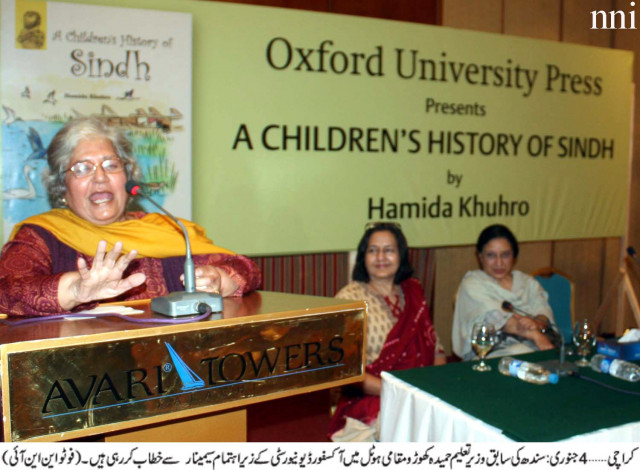
Life has changed in Akil, a village near Larkana. While children now go to schools and use computers, on hot summer evenings, they sleep on charpoys under a starlit sky, as the breeze of the Arabian Sea wafts in.
Historian and former provincial minister Dr Hamida Khuhro once went to school in the same village, where she learned the Sindh alphabet on a traditional takhti, a wooden board. Khuhro is now passing on the stories of Sindh’s rich history to a new generation, courtesy her new book, A Children’s History of Sindh.
The elegant launch of the book was organised by her publisher, Oxford University Press, on Wednesday.
While the notion of studying history is usually a put off for children, the book looks to change that with its simple language and illustrations. “We used to tease our Iraqi friends that ours was the oldest civilisation in the world – older even than their Sumerian civilisation on the Tigris and Euphrates rivers in Mesopotamia,” Khuhro writes in a chapter titled ‘The First Sindhis’. “We can’t be sure of that, but the streets of Moen-jo-Daro are contemporary with the oldest pyramids of Egypt.”
The book chronicles the history of the province from 2500 BC to ‘Freedom at last’ – the creation of Pakistan in 1947. For Dr Khuhro, the motivation to write a book for a young audience coincided with her grandson Basil growing older. As he was growing up abroad, he had no knowledge of his own culture. “In the absence of any good resource, how would our children know about their own culture in such situations?” asked Dr Khuhro, adding that she felt the importance of introducing children to their own history that dates back thousands of years.
“Along with locals, there are so many Pakistanis living abroad who might want to educate their children on their own history and culture,” she said.
Poet Fehmida Riaz who was the keynote speaker at the event recalled that when the book was launched earlier at the Children’s Literature Festival, a speaker baffled her by criticising the book for not mentioning Allama Iqbal, without considering the fact that the book is about the history of Sindh. “This marvel of a book is one of its kind, and I have the honour of translating it into Urdu,” she said.
“My grandson is only five years old now. But I would wait for the time when I could read out this book for him,” said Riaz smilingly with true expectations in her eyes.
Dr Khuhro said that she had spent most of her life writing research papers, dissertations and books that only remain on the shelves. “Then I took up the unusual task of writing a book for children, which I had never thought I would ever do,” she remarked.
Oxford University Press Managing Director Ameena Saiyid said that the book presents an introduction to the history of Sindh in an accessible, informative and a most uncluttered and readable way. “The good news is that Dr Khuhro has planned to write similar children’s histories of other provinces as well,” said Saiyid.
Students at the seventh grade at the Korangi Academy also appeared on stage for an engaging presentation on the Indus Valley civilisation, followed by students of the Happy Home School who enacted a play based on the book.
Published in The Express Tribune, January 5th, 2012.

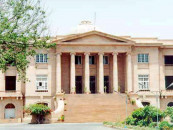

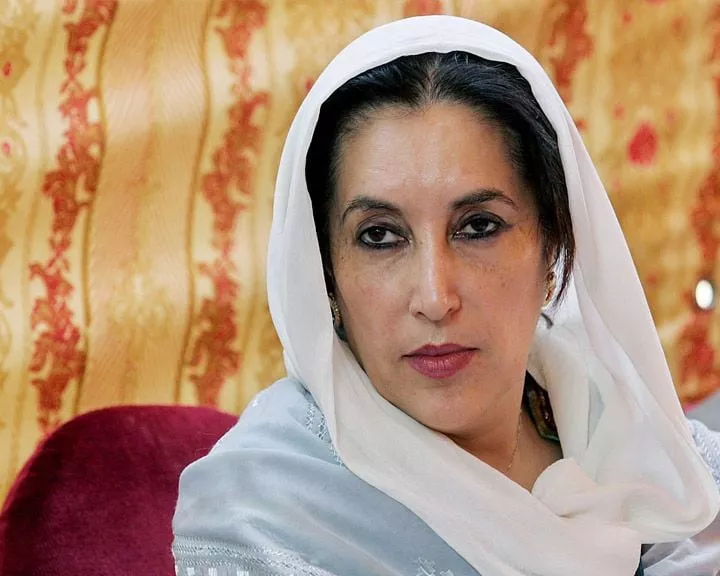
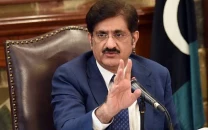
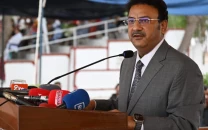
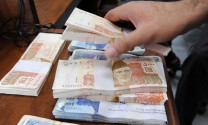












COMMENTS
Comments are moderated and generally will be posted if they are on-topic and not abusive.
For more information, please see our Comments FAQ